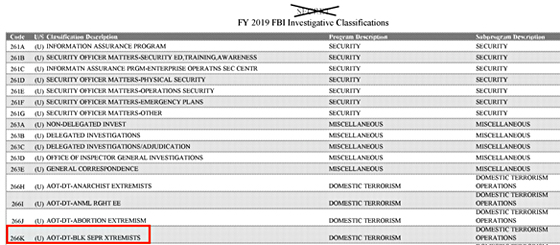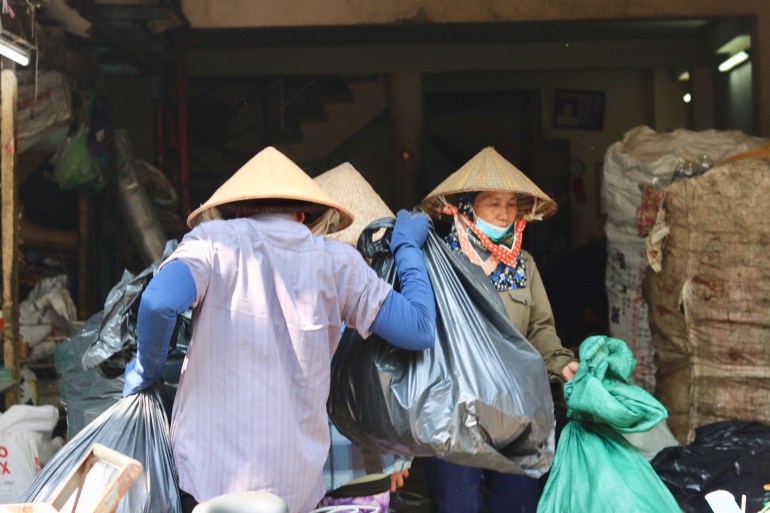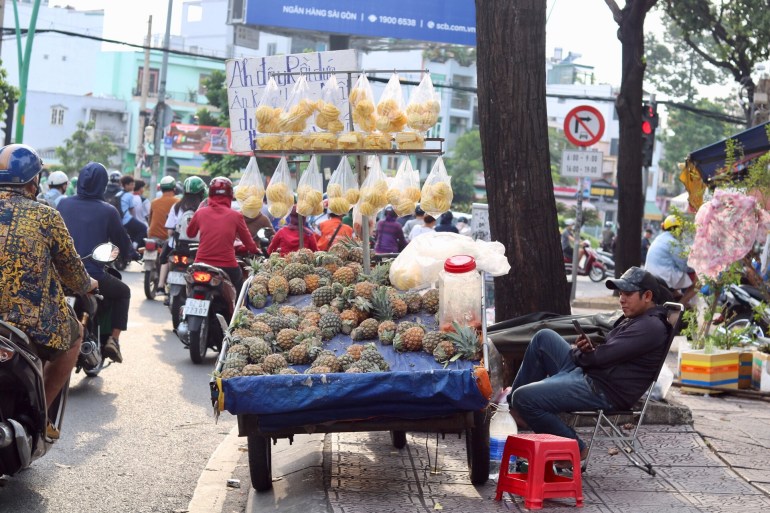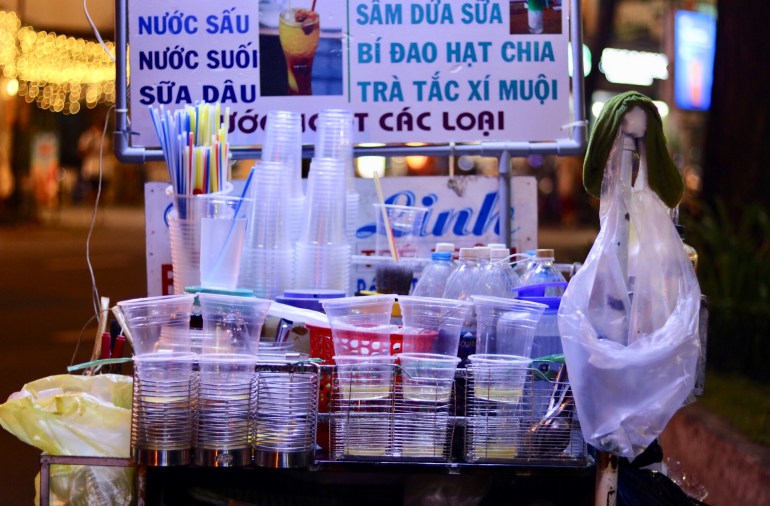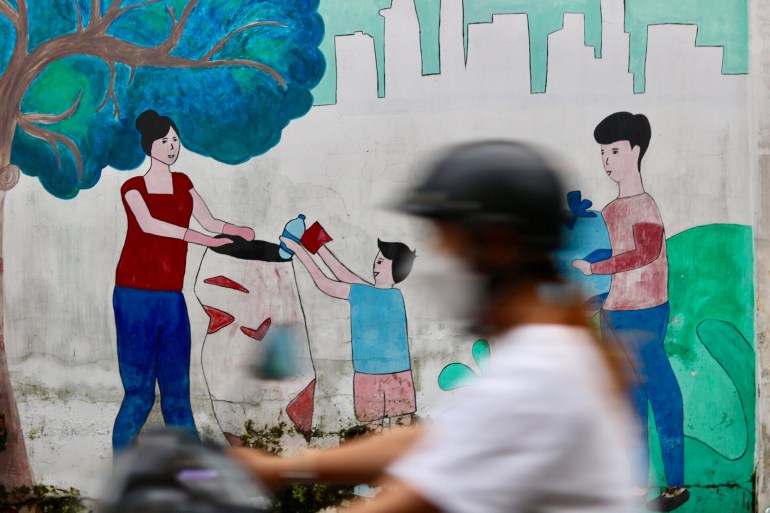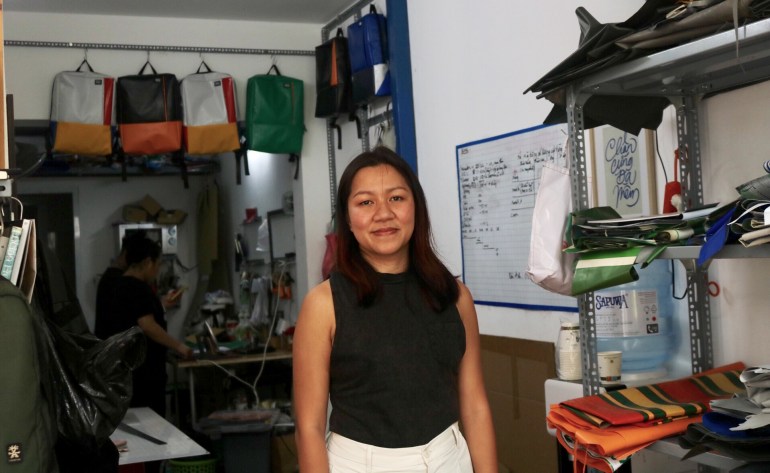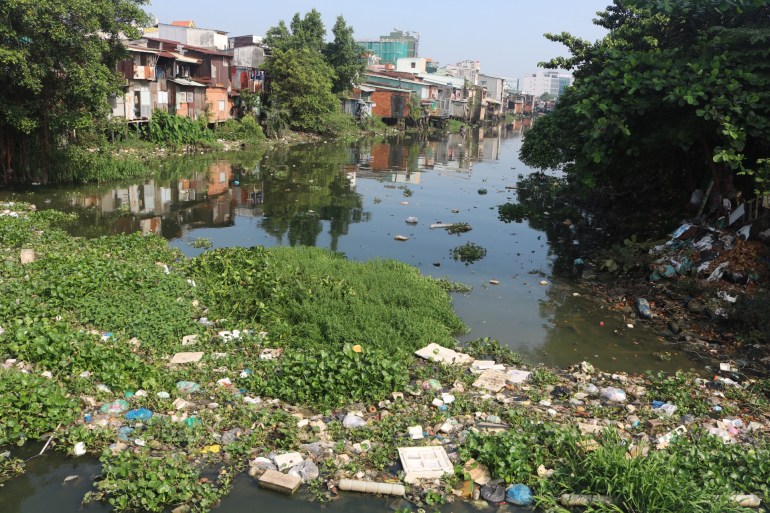In Italy, outrageous private wealth coexists with a dramatic economic and social emergency. Half of the financial and real estate wealth in the country (estimated at a total of about €10 trillion) belongs to families located at the top of the social pyramid. In contrast, the 10% at the base of the pyramid own less than 1%.
The steady decline in the share of wage income for the past 30 years has been accompanied by the rise in the share of profits and annuities. The paychecks of managers and CEOs are 300 times higher than those of blue-collar workers – an astronomical distance, a completely disproportionate ratio, which has no justification, either economic or merit-based.
Inequalities are heightening, soup kitchens are working at full capacity, dumpster diving for food is on the rise. And the real distances between classes, in terms of culture, living conditions and overall well-being, are greater than the statistics show.
The soaring prices are at the top of Italians’ concerns. In our country, less affluent families allocate 50% or more of their income to food, while affluent ones use less than 15%. This is data that confirms once again the relevance and validity of Engel’s law, named after the German statistician who, almost two centuries ago, was the first to study the correlation between income and consumption. Ernst Engel showed that the higher a family’s disposable income, the lower the proportion of expenditures for food as a share of its total expenditures. And conversely, the lower the income, the greater the share reserved for food. In addition to food, rents and utility bills are also rising, as are home mortgage payments and the interest to be paid on loans.
In short, inflation is widening the gulf of inequality, and the government is responding with a few band aids here and there. It’s no wonder that the right wing is doing what it always does, taking more from those who have less and rewarding those who don’t pay taxes. If anything, it’s surprising that the left is playing catch-up and is late in putting the issues of primary and secondary distribution, wages and the welfare state on the agenda.
Wage incomes have been held down by a decades-long “labor peace,” and the latest increases in the collective contracts have evaporated in no time flat. The shame of starvation-level wages is still with us. The welfare system is being destroyed under the blows of the privatization of services and the politics of bonuses, bestowed, often and intentionally, on the basis of quid-pro-quo relationships or the search for electoral support, not real need.
In no European country do we see such a great redistribution of wealth from the bottom to the top as in Italy. With the same tax burden, France and Germany maintain a stronger and better structured welfare state, and the share of wage income is 30 percentage points higher than in our country. A mix of neoliberalism and blind defense of rents and corporate privileges – nested in the backward sectors of the economy – make up a situation unique to Italy, leading to disastrous side effects in terms of social fragmentation, gaps between territories, cultural degradation, as well as in the level of corruption, tax evasion, illegality, mafia presence, and the state of democracy.
This drift provides the explanation for the victory of the right, and for why in the budget adjustment proposal, the first of the Meloni era, there was not a word on the reform of the Land Registry, on the taxation of large real estate income, on the wealth tax and, more generally, on the many horizontal and vertical inequities of our taxation system.
Newspapers are constantly singing the praises of the Meloni government for its supposed prudence, pragmatism, and continuity with the “Draghi Agenda.” But what if it is precisely this “continuity” (which has been there for a long time) that makes Italy one of the states in the Western world in which unparalleled private wealth is combined with a public debt at the limit of sustainability and, at the same time, with a growing number of the poor? These tangles are now coming to a head: debt margins have run out, inflation is rising, recession is looming, and the ECB’s monetary policy is veering decisively toward raising interest rates, putting limits on purchases of government bonds.
The squeeze on the working classes and the lower and middle classes is likely to get even tighter. It is up to the trade unions and the political left to make clear who needs to foot the bill for the crisis, by starting a grassroots mobilization for social justice and fiscal fairness. The goal is for the burden of austerity to fall on those who have broad shoulders, are making outrageous profits and are living off lavish rents.
The alternative is clear-cut: lower dividends to shareholders and more dignified wages to workers, higher taxation of financial and real estate transactions, and welfare worthy of a civilized country.
Originally published in Italian on November 25, 2022


